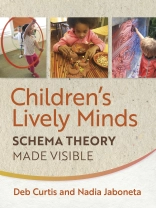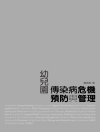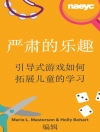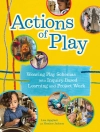Teachers often see repetitive behaviors in toddler and preschool classrooms, such as building and knocking down block towers or dumping out toys. When children do these actions over and over it can be irritating to teachers and parents, but viewing these actions through the lens of schema theory, developed by Jean Piaget, can help understand what’s really going on in children’s brains when they display these repetitive behaviors.
Children’s Lively Minds is filled with stories about real children exploring schema, followed by reflection and questions about what children might be learning. Schema theory in your work with young children whether you know it or not. Understanding it, putting intention behind it, can help families and teachers ease frustration with young children’s repetitive behavior and allow adults to better support brain development.
Giới thiệu về tác giả
Deb Curtis has spent the past 35 years working with children and teachers in early childhood programs. She is the coauthor of
The Visionary Director,
Training Teachers,
The Art of Awareness,
Designs for Living and Learning,
Reflecting Children’s Lives,
Learning Together with Young Children,
Reflecting in Communities of Practice, and
Really Seeing Children.
Nadia Jaboneta has worked in early childhood education for 18 years and is currently a pedagogical leader and teacher at Pacific Primary preschool in San Francisco, CA. She was named a Promising Emerging Leader by Exchange in 2015.












